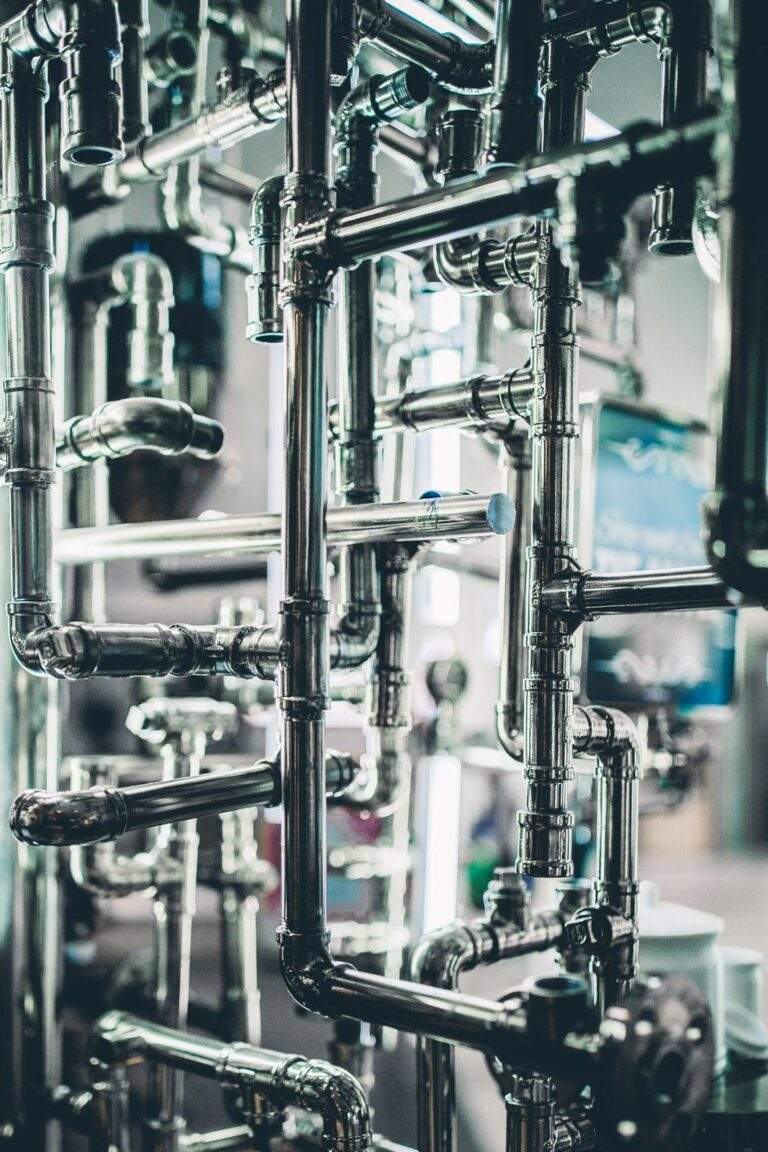
An Overview of Different Types and Uses of Mineral Fertilizers
Mineral fertilizers play a significant role in our daily life. Without minerals, there will be no vegetation cover, and without vegetation, human beings cannot survive.
Mineral fertilizers refer to those that contain micro and macronutrients that are essential for the growth and development of crops. The fertilizers can either be organic or manufactured, depending on what you want. You can easily source for manufactured fertilizers from local chemical products suppliers in Turkmenistan. Organic fertilizers, on the other hand, can be obtained directly from household waste.
The major plant nutrients that should be supplied in large proportions include nitrogen, potassium, and phosphorous. Other essential minerals include calcium, magnesium, and sulfur. The high minerals can be found in fertilizers that are readily available from the best chemical products suppliers. Those minerals are the key nutrients of plants and are stored in the form of proteins, chlorophyll, or nucleic acid.
Such minerals are vital for chemical and physiological processes in plants. They can be used for energy transfer, enzyme activities, and regulation of internal pressure. Besides the macronutrients mentioned above, plants also require about seven micronutrients, which are also essential for their growth and development. Other types of plants may also need five other elements for their sustainable growth.
Common Uses of Fertilizers
As we have seen, fertilizers contain distinctive elements that are necessary for the growth and development of crops. The elements are so crucial that the deficiency of any nutrient can cause detrimental effects on the crops.
Most mineral fertilizers are fortified with natural elements that are essential to the crops. You can apply fertilizers in your farmland to:
- Elevate or maintain the favorable soil conditions essential for the cropping
- Produce economically viable crops by supplementing soil nutrients with additional elements. This is done to meet the demand of nutrients required by the crops for prospects of higher yields
- Compensate for the nutrients lost in processes such as evaporation or leaching
It has been established without an iota of doubt that there is a close relationship between the use of fertilizers and the level of agricultural yields. This close relationship is cemented by the fact that fertilizers are believed to be the largest contributors to increased agricultural production. From this assertion, we can, therefore, conclude that fertilizes are only next to the water when it comes to agricultural inputs.
Producers of Fertilizers
The production of fertilizers has become a global affair. The need to establish a processing plant near the source of raw material, together with other factors such as increased demand from developing countries, has shifted the dynamics of fertilizer production.
1. Nitrogen Fertilizers
Nitrogen fertilizers require a significant amount of energy to produce, which is available all over the planet. This has led to the production of nitrogen fertilizers in literally every corner of the world. However, a big trend shows that the production is not limited to a region with abundant natural gas such as the Caribbean and Middle East but also in major consuming locations, including China and South Asia.
2. Potash Fertilizers
Potash fertilizers are produced in a few regions of the world where the ore can be found naturally. The largest producer is Canada followed by Russia, Belarus, and Western Europe, which accounts for about 25%. Minor producers comprise of Israel and Jordan, which contribute about 10%. All the above countries account for about 90% of global production.
3. Phosphate Fertilizers
The largest producers of phosphate fertilizers include the USA, China, the Middle East, and Africa. They are also the largest producers of phosphate rock. Some of these countries are developing, and the phosphate industry contributes significantly to their economies.
Effective Use of Fertilizers
The efficient utilization of fertilizers is important, especially on both the economic and environmental front. It focuses on reducing the loss of nutrients to the environment while at the same time increasing crop production. Some of the methods that can be applied for efficient use of fertilizers include:
1. Fertigation
This is a technique that involves adding soluble fertilizers into irrigation methods, especially the drip method. It leads to equal distribution of water as well as crop nutrients with minimal loss. This is widely used in Israel and other parts of the world. It is costly and requires skilled labor for maintenance.
2. Balanced Fertilization
The lack of any major or micronutrient is likely to affect the crops negatively. Balanced fertilization involves coming up with the right nutrient mix that gives optimal financial return while at the same time feeding the crop with appropriate nutrients.
3. Land Specific Fertilizer Use
Land planning is essential, especially in areas of increased population pressure. The process involves specific fertilizers for certain lands, especially after evaluating its environmental and agro-climatic conditions. The most important factors to consider — soil characteristics, crop rotation, the availability and quality of irrigation water, farming practices, and the groundwater table. It is also crucial to evaluate the managerial skills of the farmer, among other factors.


















